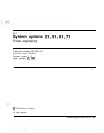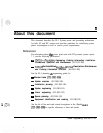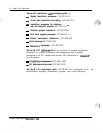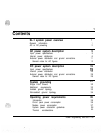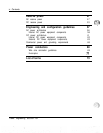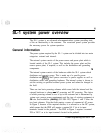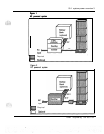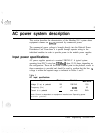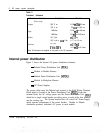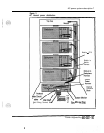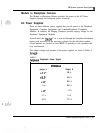
2 SL-1 system power overview
In discussing these powering schemes, unless otherwise specified, AC
distribution will mean a single phase circuit without a neutral conductor, but
with an accompanying green wire ground conductor. The nominal voltage is
assumed to be either 208 or 240 volts but any voltage within the range shown
in Table 1 is applicable. DC distribution is typically a nominal 48 volts at the
input to a UEM power converter under load.
-
AC or DC powering
DC powering and AC powering differ primarily in the use of rectifiers.
DC
systems always require the use of rectifiers (see Figure 2). This is a cost
disadvantage for DC in applications that do not require “backup” in the event
of a utility power failure. The reason for this is due to the double conversion
that is required: line voltage to -48 V dc and then 48 V dc to the required
circuit voltages. AC powering, on the other hand, requires only a single
conversion
-
line voltage to the required circuit voltages.
The use of a rectifier in DC powering does however become a cost advantage
in applications that require battery backup. The reason for this cost advantage
is that an AC Uninterruptible Power System (UPS) consists of not only a
rectifier but also requires the additional cost of an inverter.
Both AC and DC
require similar battery banks so there will not be much of a cost advantage or
disadvantage with these battery plants.
The actual distribution of DC and AC power is similar. DC power will
be
brought into the Pedestal and distributed to the Modules in a similar way to
AC power, the difference being that AC uses AC-to-DC Power Supplies
rather than DC-to-DC Converters.
Note:
The DC system requires the use of additional input wires in order
to handle the lower voltage and its associated higher current.
Power engineering
553-3001-152




